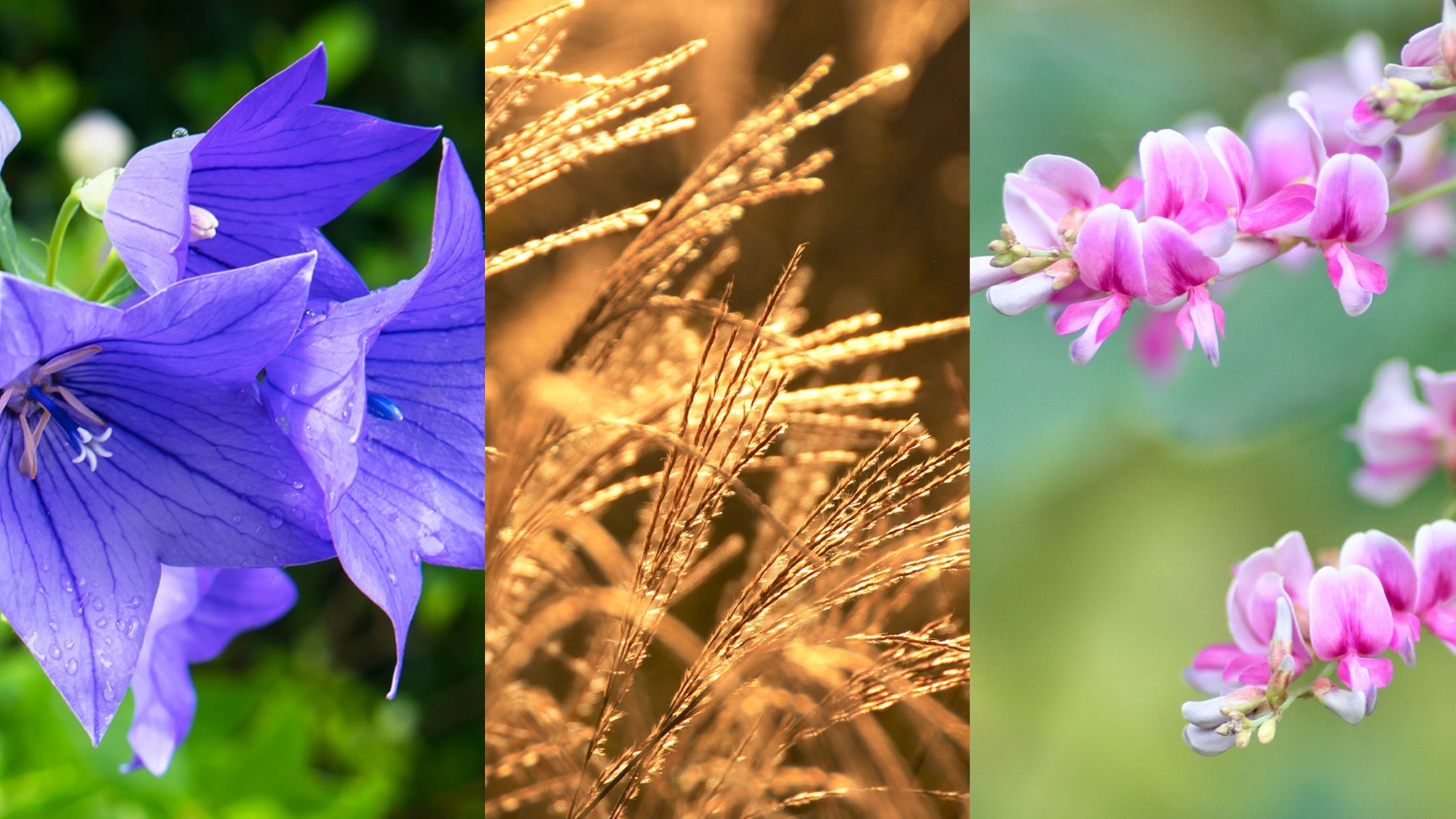
The Seven Flowers of Autumn in Japan
De Team MUSUBI
In Japan, aki-no-nanakusa—the “seven flowers of autumn”—are seasonal flowers admired from mid-September to late November. They are cherished not only as a traditional motif of autumn but also as an enduring symbol of the season’s beauty.
The origin of this custom reaches back to the 8th century, in Japan’s oldest poetry anthology, the Manyoshu. The poet Yamanoue no Okura wrote a poem noting that there were seven kinds of flowers blooming in the autumn fields, followed by another poem naming these seven flowers, which is said to be the origin of this tradition.
The seven flowers of autumn are more than flowers that bloom in the fall; they symbolize the Japanese sensibility of cherishing seasonal change. This article introduces the appeal of each and suggests ways to bring their beauty into everyday life.
Table of contents
The Charm of Each Aki-no-Nanakusa
Modest Elegance: Hagi (Bush Clover)

Hagi is a leguminous shrub. As early autumn arrives and temperatures begin to fall, its branches fill with small reddish-purple blossoms. In full bloom, the weight of the flowers bends the branches as if in a bow, a posture echoed by its traditional flower language: “reflection” and “shyness.” Swaying in the breeze, it is one of the season’s defining plants.
Waves of Gold: Susuki (Japanese pampas grass)

Susuki can reach heights of 1–2 meters (about 3–7 feet) and, in the autumn sunlight, turns a radiant gold. It forms large stands along riverbanks and railway lines. When the wind moves through, the plumes ripple like waves. Its ability to thrive even in poor soil has long made it a symbol of vitality and vigor. During otsukimi, the traditional Japanese moon-viewing custom, it is displayed as a symbolic substitute for rice ears in gratitude for the harvest.
Vigorous Growth, a Symbol of Love: Kuzu (Kudzu)

Kuzu is a twining vine that bears purple or pink, butterfly-shaped flowers and grows strongly as it winds around other plants. Its form evokes endurance and the bond between lovers, reflected in its flower language: “inner strength” and “bonds of love.” Rich in starch, its roots have long been used in traditional medicine and in wagashi (Japanese confections), closely linking it to Japan’s food culture.
A Symbol of Delicate Femininity: Nadeshiko (Fringed Pink)

Characterized by slender stems and finely notched, delicate petals, nadeshiko produces small, dainty blossoms that convey purity. It is regarded as a symbol of “pure love” and “innocence.” The term Yamato nadeshiko—combining “Yamato” (Japan) and “nadeshiko”—has long been used to describe a modest, poised Japanese woman.
Bright Yellow in Literature: Ominaeshi (Golden Lace)

Ominaeshi, with its upright stems tipped by clusters of bright yellow flowers that bloom like lace, has come to symbolize a “beautiful woman” in Japanese culture. It appears frequently in the Manyoshu and The Tale of Genji, enriching literature both as a metaphor for feminine beauty and as one of the layered hues in the junihitoe, twelve-layered court robes.
A Fragrance Loved by the Aristocracy: Fujibakama (Thoroughwort)

Clusters of slender petals in pale pink or light purple lend fujibakama an elegant look. When dried, it releases a sweet fragrance. Among Heian-period (794–1185 CE) nobles, scent was valued as a mark of refinement, and fujibakama was used to perfume garments and rooms. Its modest blossoms convey the flower language of “hesitation” and “reservation.”
A Beautiful Five-Pointed Star in Samurai Crests: Kikyo (Balloon Flower)

Kikyo, with its star-shaped, five-pointed bloom, was adapted into the emblem known as the kikyo-mon and became widely used as a samurai family crest during the Sengoku period (1467–1600 CE). Its refined bluish purple is known as kikyo-iro, one of Japan’s traditional colors. With its long blooming season and noble hue, it has long been regarded as a symbol of “eternal love” and “dignity.”
Ways to Enjoy the Seven Flowers of Autumn
In Heian court culture, appreciating seasonal blossoms was regarded as a mark of elegance. Aristocrats strolled through fields and hills or planted them in their own gardens to enjoy the beauty of the seven flowers of autumn. With the rise of samurai culture, they found their way into tea ceremony settings and seasonal ikebana, and in modern times, new approaches such as pressed-flower art have emerged.
As one way to enjoy this seasonal aesthetic—cherished for over a thousand years—in daily life, the MUSUBI KILN collection makes it easy to embrace this tradition today.
Hagi
Kinsai Japanese Bush Clover Japanese Flower Vase
Crafted in the Kaga region of Ishikawa Prefecture, where Kutani ware has a history of more than 350 years, this vase employs gold leaf—one of its signature techniques—to depict a beautiful autumn full moon. Branches of hagi bearing light-purple blossoms are arranged to accent the radiant disc, creating an elegant impression. Its chic, sophisticated palette complements flowers of any color, and the gentle curves of its distinctive form let it stand on its own as an interior piece.
Susuki
Silver Grass Under the Moon Natsume Matcha Container
A work that captures the sweeping expanse of a silver grass field is expressed on a natsume matcha container. Created by Hariya Yuji, a maki-e artisan and founder of Urushi Art HARIYA, a Yamanaka lacquerware maker, this piece uses transparent acrylic so that when matcha powder is added, the vibrant green emerges as a backdrop, revealing different expressions.
By combining classical maki-e techniques such as hira maki-e (flat maki-e) and harigaki (needle-drawing), it brings out the delicate shimmer of gold and silver powders to their fullest effect. The contrasting colors on the front and back represent the changing scenery of the Japanese pampas grass field as it is bathed in sunlight by day and moonlight by night. This work exemplifies Hariya’s mastery in expressing the seasonal transitions so essential to the world of tea utensils.
Nadeshiko
Sakura Petal Chopstick Rest Set
This five-piece set of chopstick rests from Kyoto Hozan Kiln, renowned for finely made rests, features petal shapes modeled after cherry blossoms. Seasonal flowers, including nadeshiko with its characteristically notched petals, are rendered with delicate brushwork across these dainty forms. Wrapped in a refined purple package, a hue long esteemed in Japan as a noble color, it makes a thoughtful gift for someone special.
Hagi, Susuki, Kuzu, Ominaeshi, Kikyo
Rabbit and Autumn Flower Folding Screen
This lacquered folding screen depicts a full moon floating against deep black, two rabbits nestled together, and the autumn flowers, hagi, susuki, kuzu, ominaeshi, and kikyo, painted in vivid tones. In Japan, the moon’s markings are traditionally seen as a rabbit, so the pairing of moon and rabbit has been cherished since ancient times. The custom of moon viewing offering gratitude for the harvest and prayers for abundance, is a well-known autumn tradition. Once used in Japanese homes as a partition or windbreak, the folding screen is here adapted to a size suitable for display on a shelf. This compact piece suits modern interiors and makes it easy to introduce an autumn mood into everyday life.
The Subtle Beauty of Nature in Everyday Life
Though never showy, the seven flowers of autumn reveal a distinctly Japanese aesthetic: by simply looking at their modest, gentle forms, one senses the serenity of the season. Using MUSUBI KILN’s collection modeled on these flowers offers a way to attend to this subtle natural beauty and to feel it in daily life.






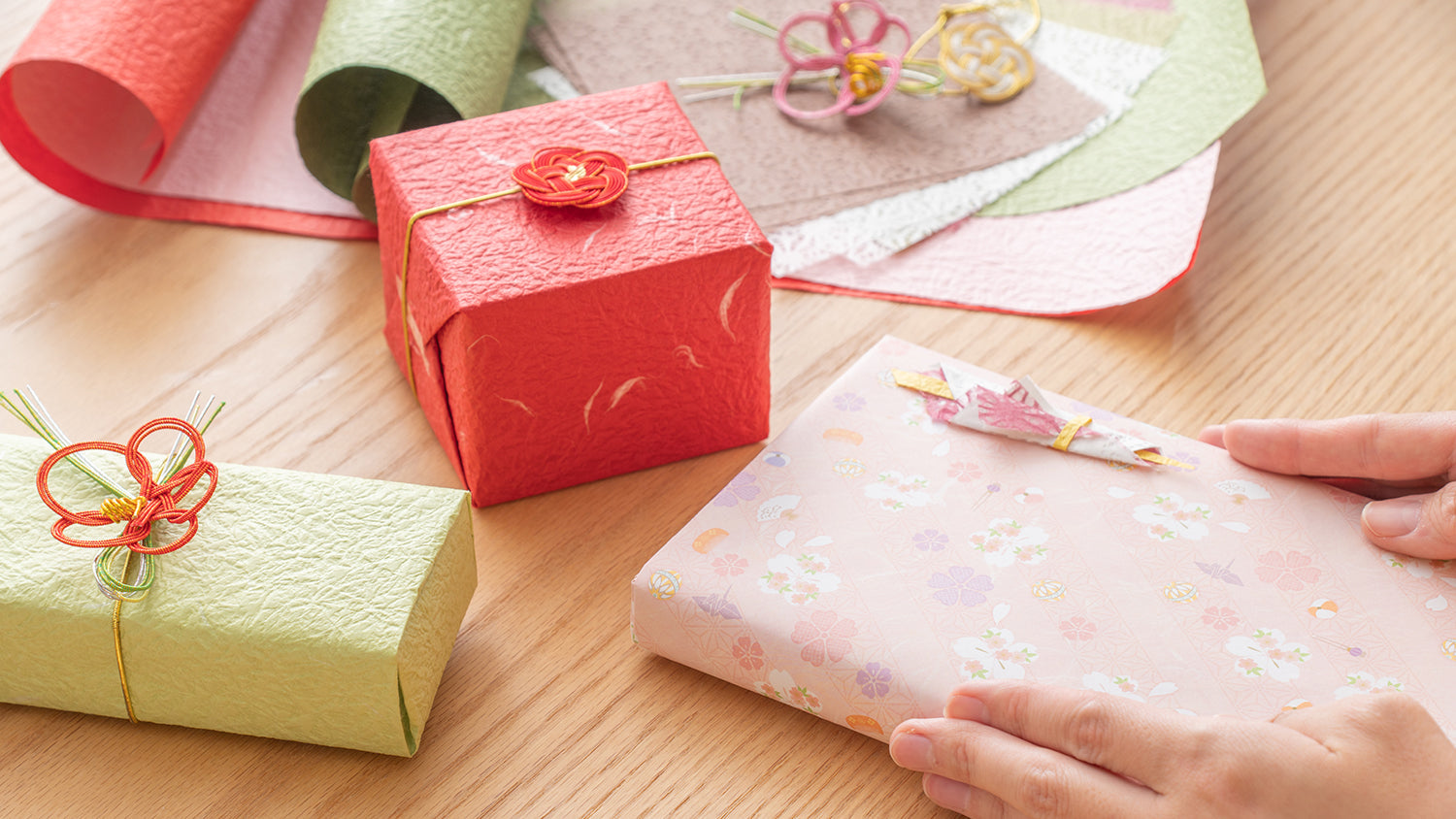

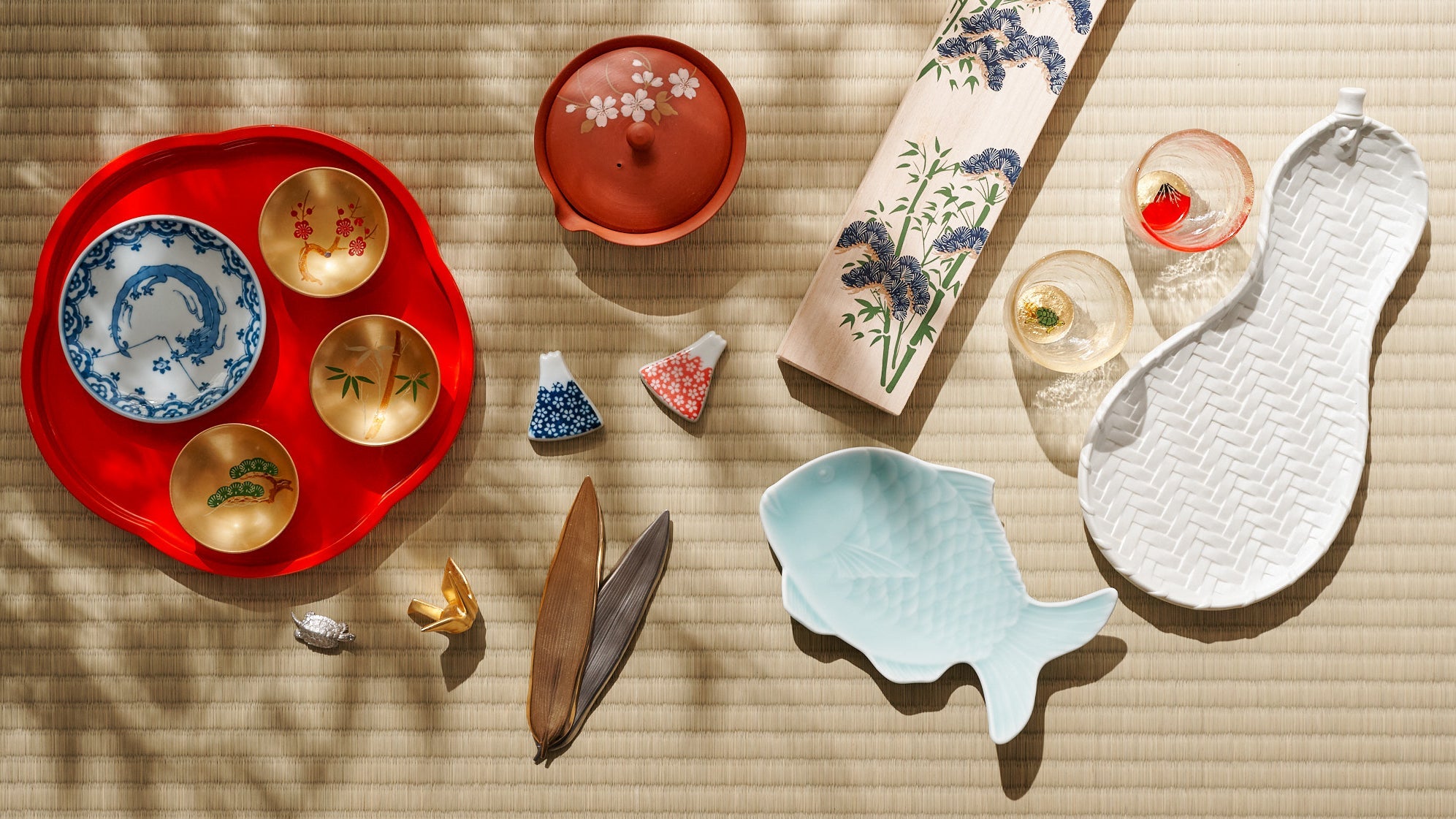
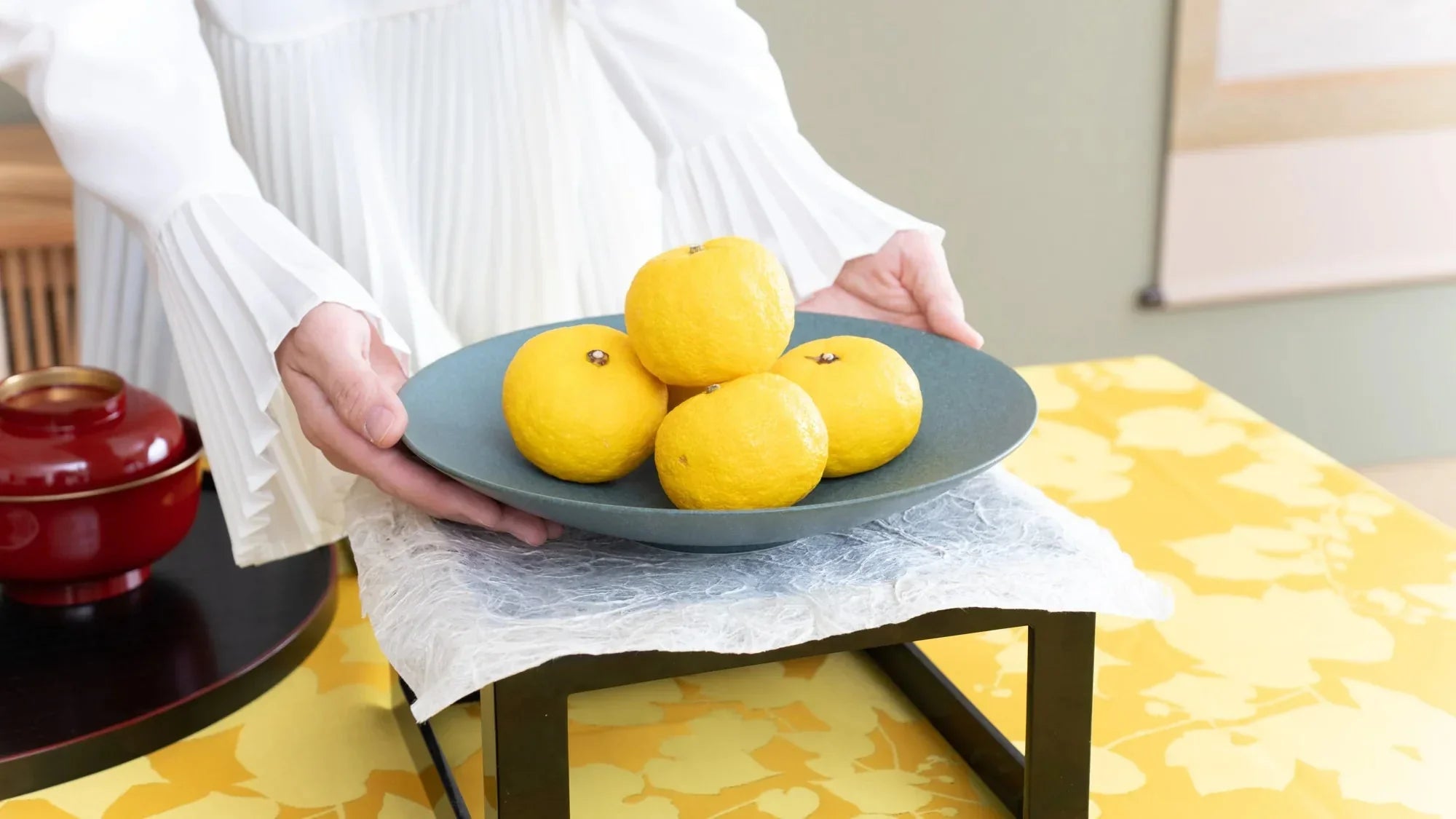
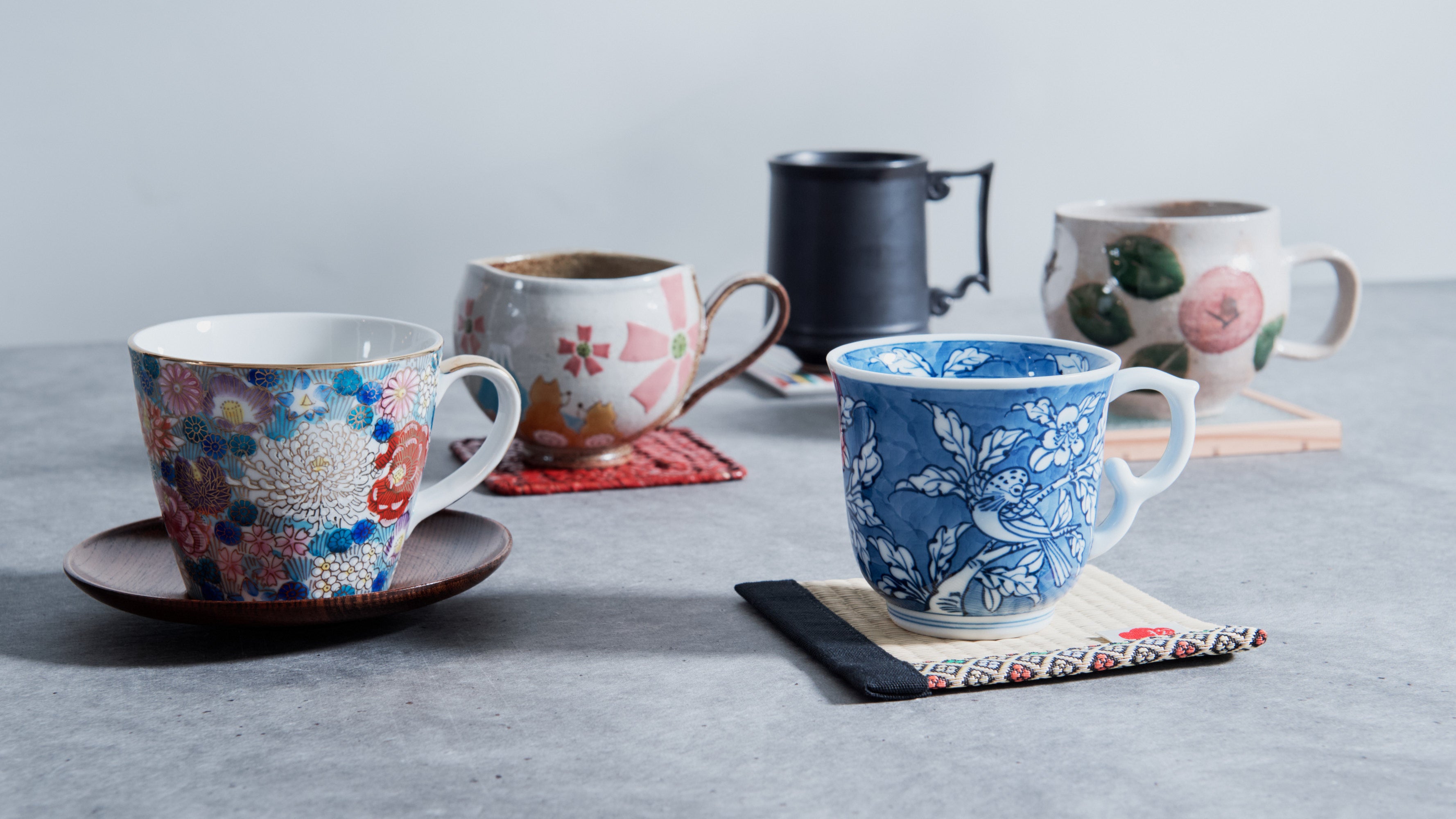
Dejar un comentario
Este sitio está protegido por hCaptcha y se aplican la Política de privacidad de hCaptcha y los Términos del servicio.